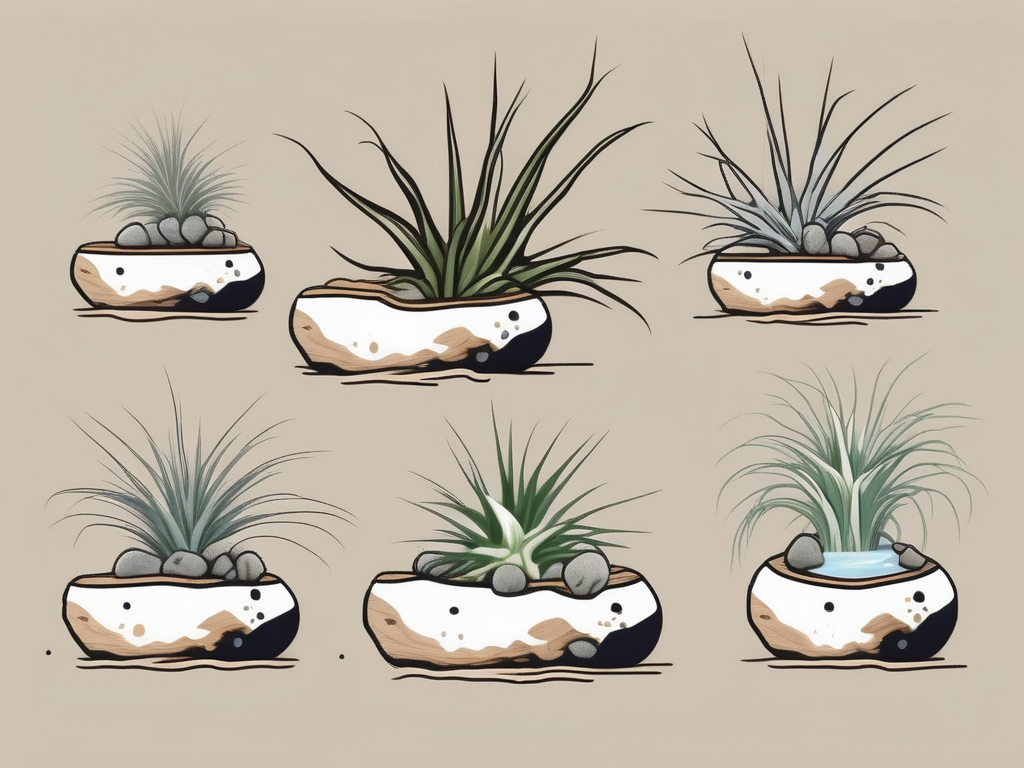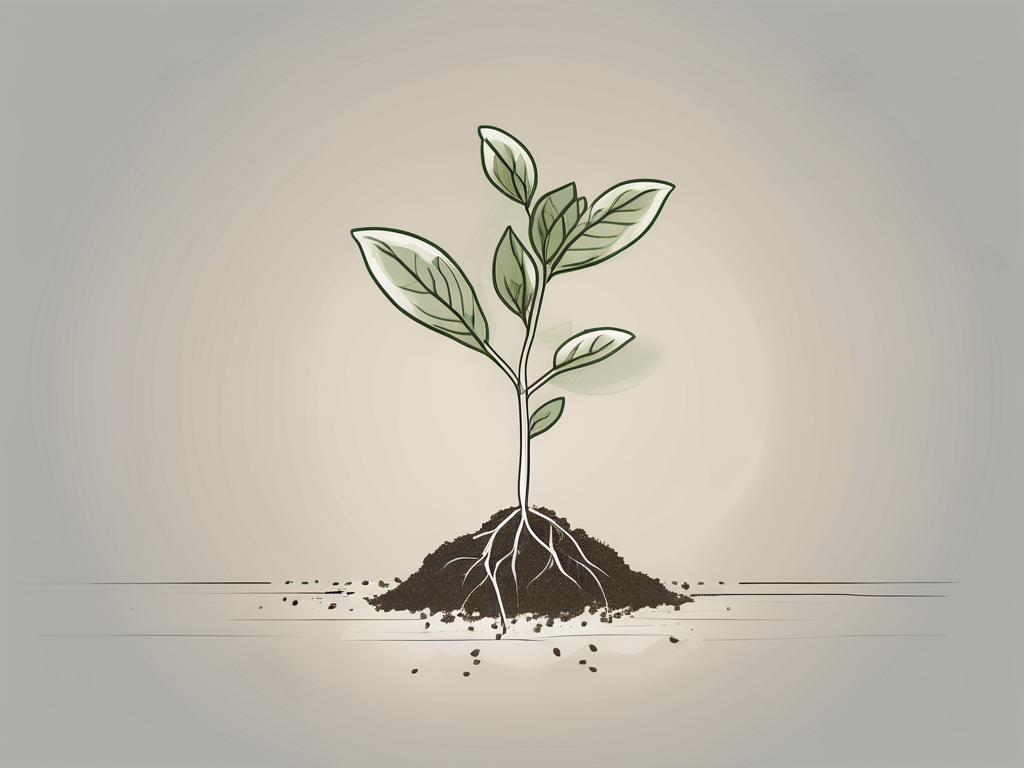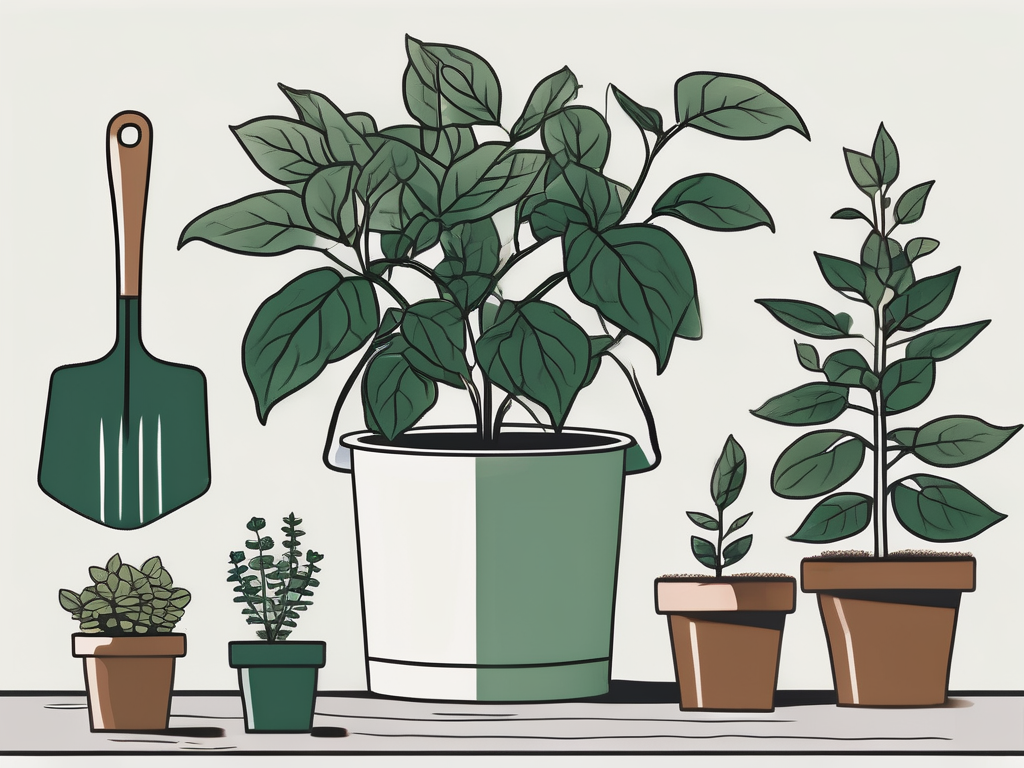
Air plants, those quirky little wonders, have taken the plant world by storm with their unique ability to thrive without soil. If you're looking to expand your air plant collection without breaking the bank, propagation is the way to go. It might sound a bit technical, but with the right guidance, you'll soon be multiplying your plants like a pro.
In this article, we're going to walk you through the ins and outs of air plant propagation. From understanding what these plants need to thrive, to the step-by-step process of growing new plants from pups, we've got you covered. So, grab your favorite beverage, get comfy, and let's get started!
Getting to Know Your Air Plants
Before we jump into the propagation process, it’s helpful to get a little background on air plants. Known scientifically as Tillandsia, these plants are part of the bromeliad family, which means they’re cousins to pineapples—who knew? Unlike most plants, air plants don’t need soil to grow. Instead, they absorb water and nutrients through their leaves, making them perfect for creative displays around your home.
Air plants are native to the forests, mountains, and deserts of Central and South America. They’ve adapted to a wide range of environments, which makes them pretty resilient. However, that doesn't mean they don't need care. They thrive on bright, indirect light, and they appreciate a good soak now and then—a bit like us humans, really!
Now that you know your air plants a little better, let’s move on to the exciting part: propagation. But first, a quick note on what you’ll need.
- Healthy parent plant: Your air plant should be mature and healthy before propagating.
- Clean, sharp scissors: For trimming any dead or damaged leaves.
- Water: For soaking and misting your plants.
- Good lighting: A bright, indirect light source to keep your plants happy.
Understanding Air Plant Pups
The first step in propagation is identifying the pups. No, not the adorable kind with wagging tails, but baby air plants that grow from the base of the parent plant. These pups are your ticket to expanding your plant family.
After your air plant blooms—which, by the way, is a momentous occasion since they only bloom once in their lifetime—it will start producing pups. Depending on the species, you might see just one pup or several. Keep an eye out for these mini versions of the parent plant, usually nestled at the base.
It’s important to note that patience is key here. Pups take their sweet time to grow, and it can be several months before they're ready to be separated. While this might test your patience, it’s worth the wait. Rushing the process can harm both the parent and pup, so give them the time they need to grow.
When to Separate the Pups
Timing is everything when it comes to separating pups from the parent plant. You want to ensure that the pups are ready to thrive on their own without the protective nurture of their parent. Typically, pups should be about one-third to half the size of the parent plant before you separate them. This size indicates that the pup has developed enough to survive independently.
If you’re unsure whether your pup is ready, err on the side of caution and wait a bit longer. The saying "better safe than sorry" definitely applies here. Separating them too early can hinder their growth or even cause them to wither away.
Once you're confident the pup is mature enough, it’s time to move to the next step. Grab your tools and let’s get to it!
How to Separate the Pups
Now comes the hands-on part of the process. Separating the pups from the parent plant can feel a bit daunting, but with a gentle touch and the right technique, you’ll do just fine.
Step-by-Step Guide:
- Prepare your tools: Make sure your scissors are clean and sharp. This helps prevent any damage or infection to your plants.
- Soak the plants: Give both the parent plant and its pups a good soak for about 20 to 30 minutes. This makes them more pliable and easier to handle.
- Gently tug the pup: Hold the parent plant in one hand and gently tug at the base of the pup with the other. If it doesn’t come off easily, it’s not ready yet, and you should wait a bit longer.
- Use scissors if necessary: If the pup is resisting separation, use your scissors to carefully snip it away from the parent plant. Be sure to cut as close to the pup’s base as possible without damaging it.
- Let them dry: After separation, let both the parent and the new pup dry in a well-ventilated area for a few hours to prevent rot.
With your pup successfully separated, you’re ready to nurture it into a full-grown air plant!
Caring for Your New Air Plant
Now that you have a brand new air plant pup, it’s important to give it the care it needs to flourish. Just like the parent plant, the pup will thrive with the right amount of light, water, and a bit of love.
Light Requirements:
Your new pup will need bright, indirect light to grow strong. Think of sunlight filtered through a sheer curtain or near a bright window that doesn’t get direct sun rays. Avoid placing them in direct sunlight as it can be too harsh and cause damage.
Watering Schedule:
Watering is crucial, but not overdoing it is key. Young air plants need to be misted a few times a week, but make sure they dry completely between waterings to prevent rot. As they grow, you can transition to the typical soaking method used for mature air plants.
Feeding the Pup:
Feeding isn’t mandatory, but it can give your plants a little boost. A diluted bromeliad fertilizer once a month during the growing season can help your pup thrive.
Remember, every air plant is a bit different, and they’ll tell you what they need. If their leaves are curling and looking a bit sad, they might need more water. If they’re turning brown, they might be getting too much sun.
Creative Ways to Display Air Plants
One of the best parts about air plants is their versatility in display. Without the need for soil, you can get really creative with how you showcase them around your home.
Here are a few ideas to get you started:
- Glass Terrariums: These are perfect for creating mini ecosystems. Just remember not to seal them completely, as air plants need airflow.
- Mounted on Driftwood: This gives a natural, beachy vibe and makes for a stunning display piece.
- Hanging Planters: Use macramé holders or simple string to suspend your air plants from the ceiling or a window frame.
- On a Shelf: Group them with other plants or decor items to create an eye-catching display.
The possibilities are endless, and the only limit is your imagination. Have fun experimenting with different setups and find what works best for your space.
Common Issues and How to Troubleshoot
Like any plant, air plants can sometimes run into issues. The good news is that once you know what to look out for, most problems are easily fixable.
Here are some common issues and how to solve them:
- Browning Tips: Often caused by underwatering or too much direct sunlight. Adjust your watering schedule and relocate to a spot with indirect light.
- Rot or Mushy Leaves: This is usually a sign of overwatering. Ensure your plants dry out completely after watering, and reduce the frequency.
- Curling Leaves: Indicative of dehydration. Increase your watering routine and mist more frequently.
Sometimes, even with the best care, air plants can have a mind of their own. Don’t be discouraged if things don’t go perfectly—every plant is a learning experience, and you’ll get better with each one.
The Cycle of Propagation
Once you’ve successfully separated and grown your air plant pups, you’ll find that they too will eventually bloom and produce pups of their own. This cycle of propagation can continue indefinitely, allowing you to expand your collection or even share with friends and family.
It’s a rewarding process that connects you to the natural world and gives you a sense of accomplishment. Plus, who doesn’t love having more plants around?
Sharing Your Air Plants
One of the joys of propagation is sharing your new plants with others. Whether it’s a gift for a friend or a swap with a fellow plant lover, sharing plants can be a wonderful way to connect with others.
Consider packaging your air plant pups in a cute container with care instructions. Not only does it make for a thoughtful gift, but it also helps spread the love of plants to those who might not yet be plant parents.
Sharing your air plants can also be a great conversation starter. You never know, you might just inspire someone to start their own plant journey!
Final Thoughts
Propagating air plants is a fun and rewarding way to grow your plant collection. From understanding your air plants and recognizing when they're ready to propagate, to separating and caring for your new pups, each step helps you connect more deeply with these fascinating plants.
At Cafe Planta, we’re passionate about helping you nurture your plant collection. Whether you’re looking for unique plant finds or need advice on plant care, we’re here to help. Feel free to email us or reach out via Instagram. We believe plants have the power to bring people together and inspire us to connect with nature and each other. Let's grow together!












